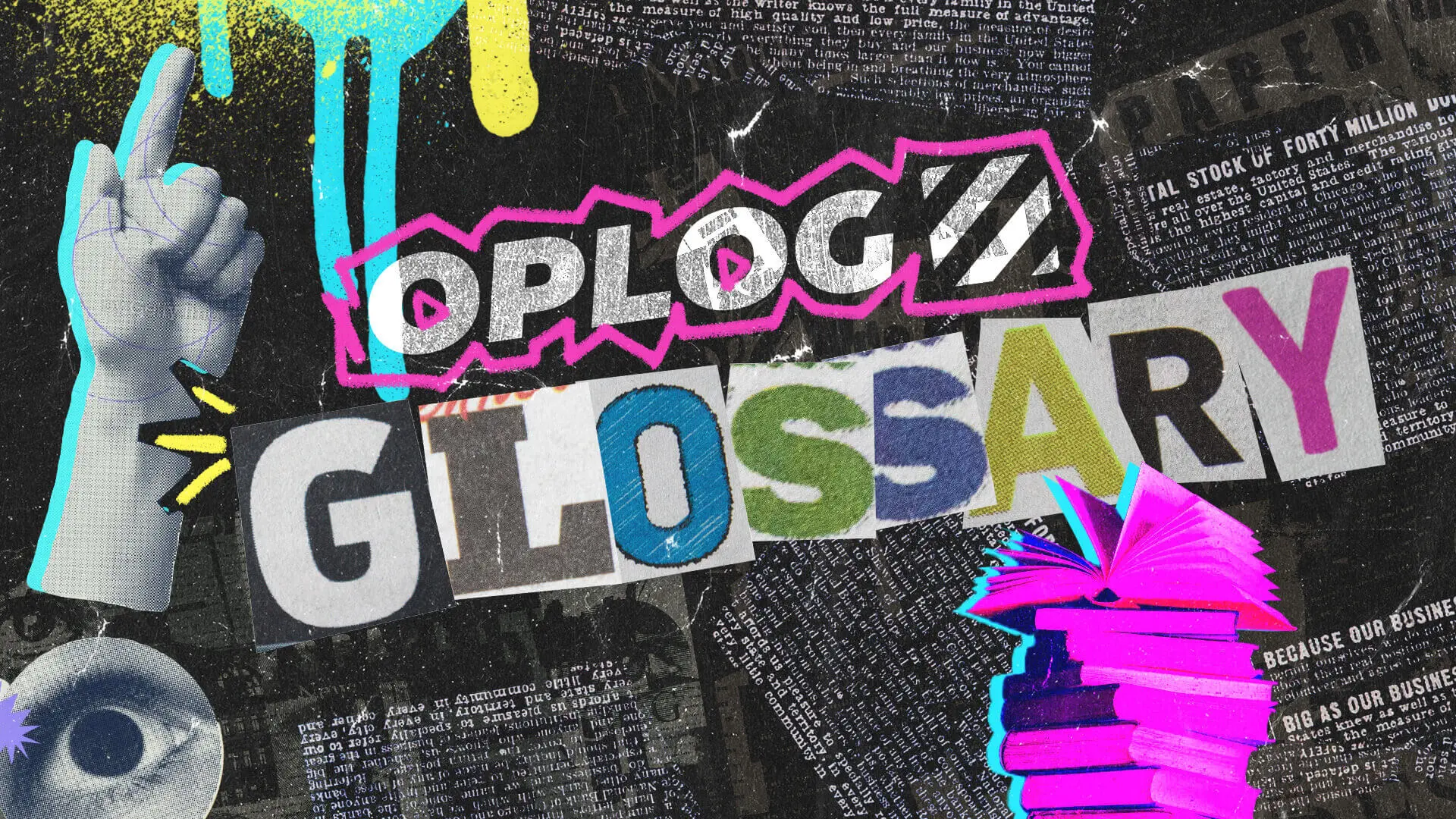
Backorder
Order for a product or item currently out of stock or unavailable to ship immediately.
What does backorder mean?
Backorder is when a product or service is temporarily out of stock or unavailable, and a customer orders it. In such a case, the customer's order is recorded, and the product or service is scheduled for delivery when available.
For example, if a popular product is sold out, a customer may order it on backorder, meaning the product will be shipped to them as soon as it becomes available. Backorders may sometimes be fulfilled within a few days or weeks; in other cases, the product may take several months to become available.
Why does backorder occur?
Backorders can happen for several reasons
1. Supply chain disruptions: This is a situation where a supplier fails to deliver goods to the retailer, causing a shortage of stock.
2. Unforeseen demand: Sometimes, there is an unexpected surge in orders for a product, which can quickly deplete the available stock and lead to backorders.
3. Production delays: Backorders can occur if the manufacturer needs more product units to meet the demand.
4. Poor inventory management: If the seller accurately forecasts demand or manages their inventory levels, they may run out of stock, leading to backorders.
5. Seasonal fluctuations: Some products may experience seasonal fluctuations in demand, and it can be challenging to predict the exact timing and magnitude of these changes. If the seller underestimates demand during a peak season, backorders can occur.
How to prevent backorder?
To prevent backorders, companies can take several steps, such as:
Forecast demand accurately: By analyzing historical data, trends, and customer behavior, companies can forecast demand more accurately and ensure enough inventory to meet expected demand.
Improve supply chain management: Companies can improve their supply chain management by working closely with suppliers and logistics providers to ensure they can quickly replenish inventory when needed.
Implement inventory management systems: These can help companies keep track of their stock levels and prevent stockouts.
Offer alternative products or services: If a particular product is out of stock, companies can offer customers alternative products or services to meet their needs and prevent them from going to a competitor.
What are the differences between backorder and out-of-stock?
Out of stock means the product is currently unavailable for purchase, and there is no estimated time for it to become available. It could be a result of high demand, production issues, or discontinued production.
In this case, the seller accepts orders for the product and notifies customers that the item is not currently available but will be shipped to them as soon as it becomes available.
On the other hand, backorder means the product is temporarily out of stock. Still, the seller has already received orders for it and expects to receive more inventory soon.
